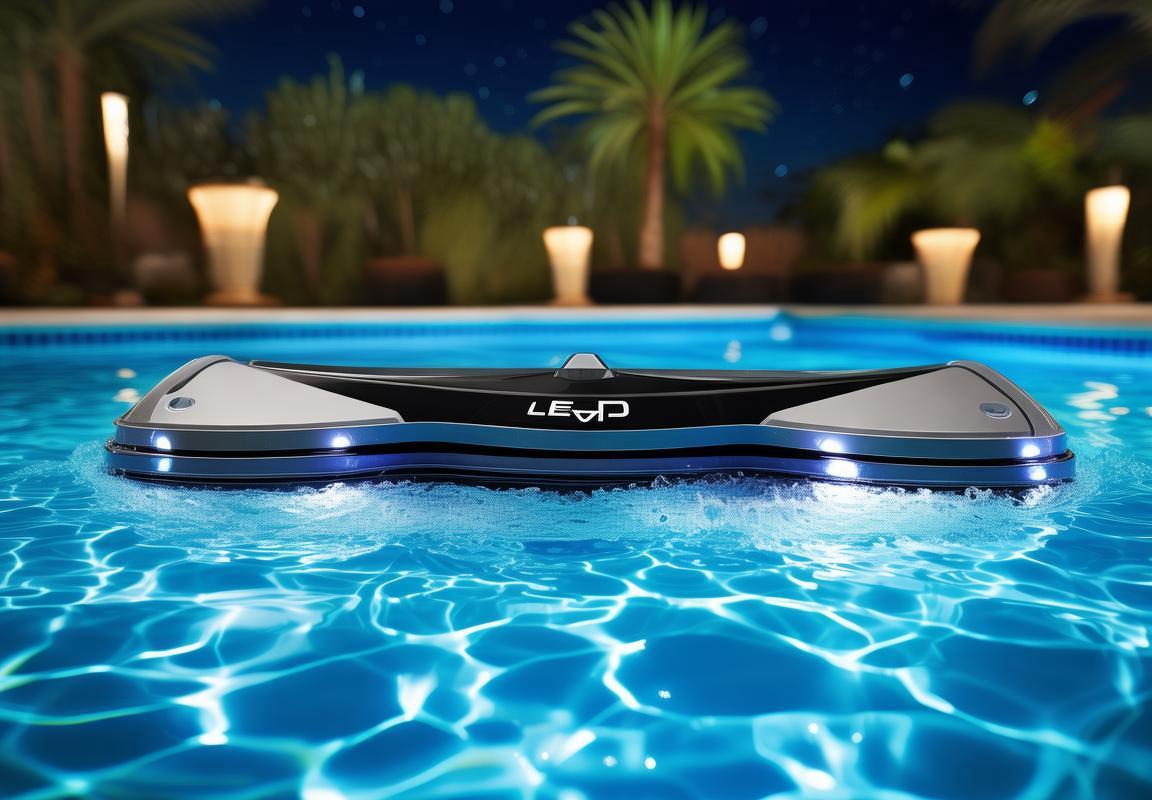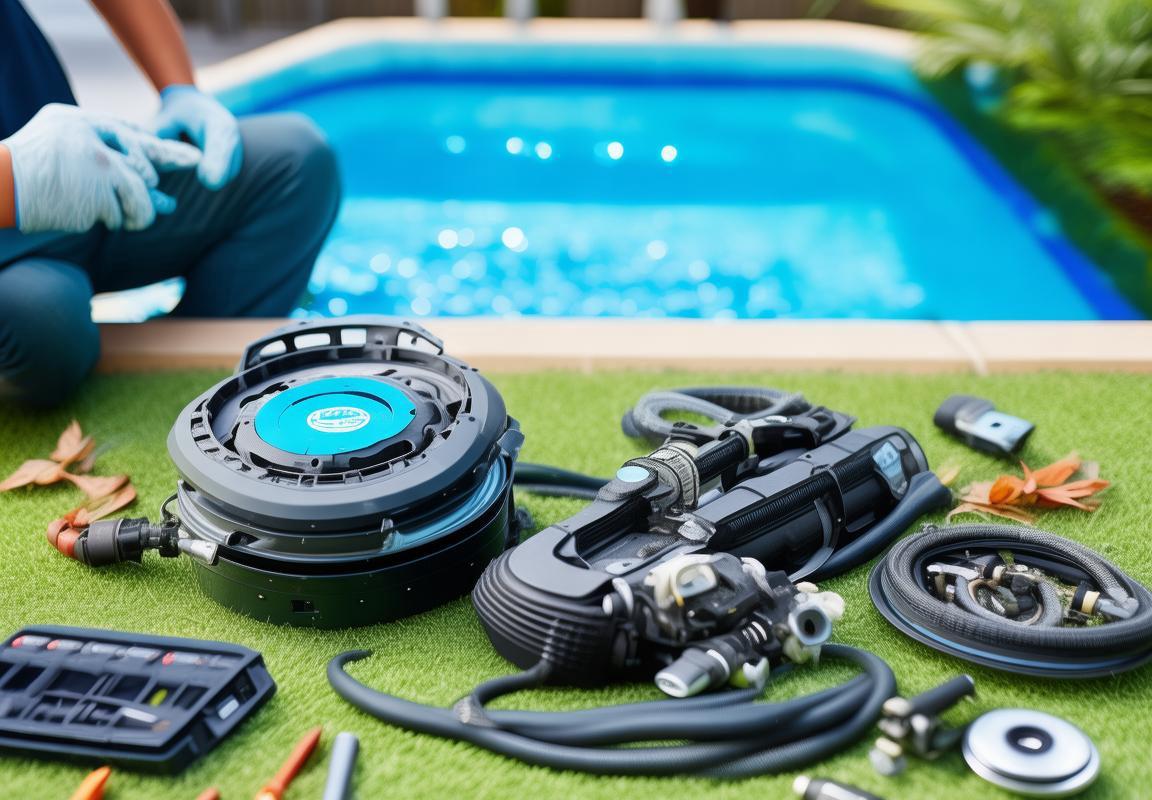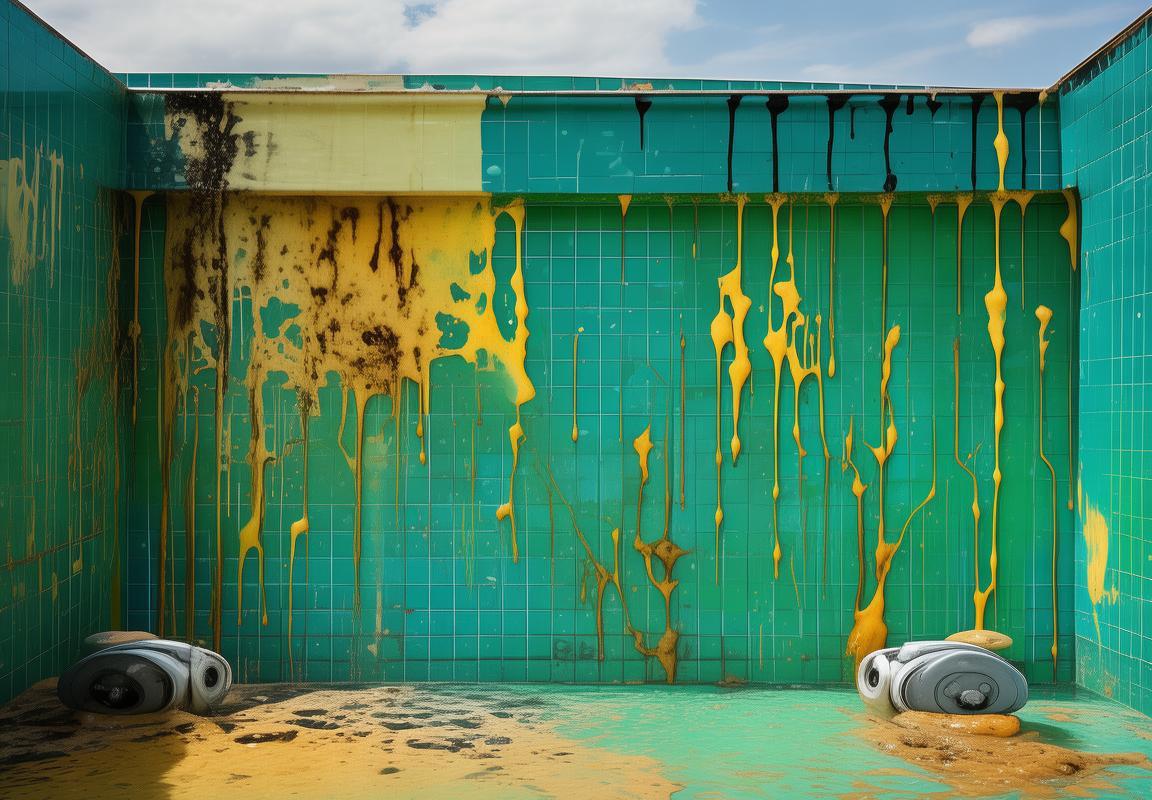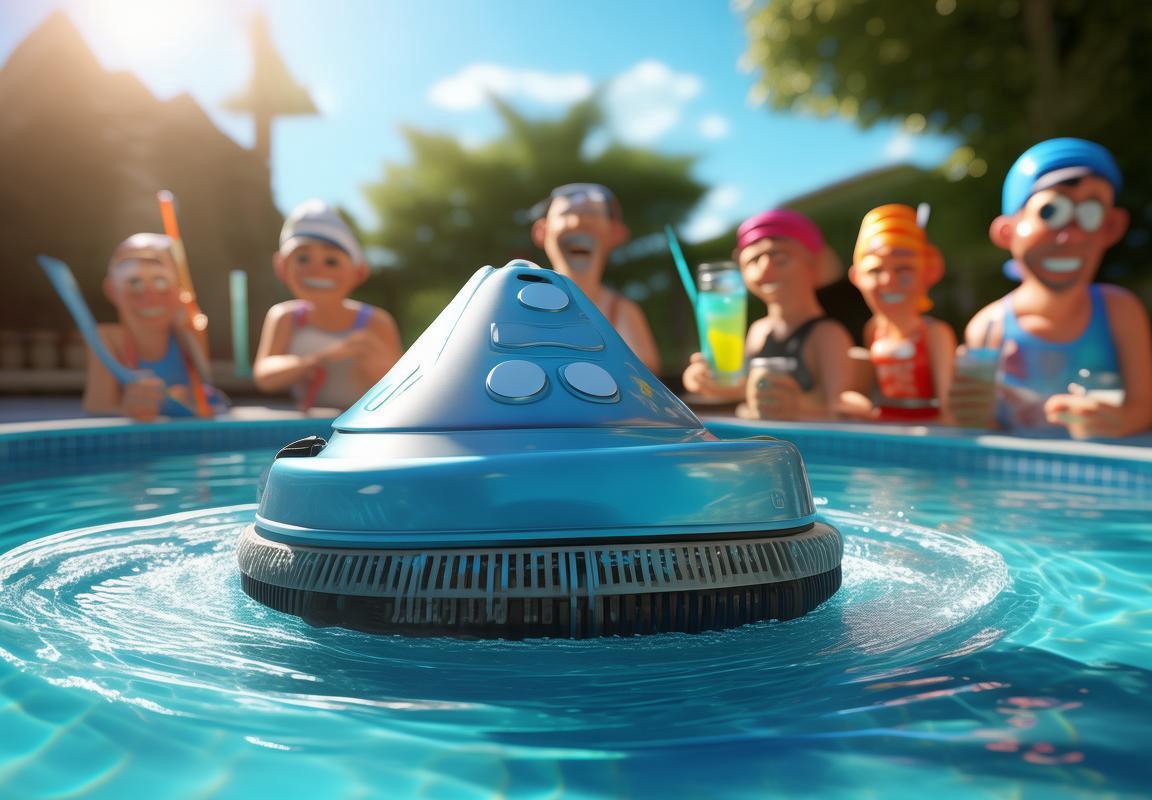Legend Pool Cleaner: The Ultimate Automatic Pool Vacuum & Essential Pool Maintenance Tips
The Legend Pool Cleaner is the undisputed GOAT of automatic pool vacuums—efficient, relentless, and built to dominate debris like leaves, pine needles, and even rogue pool toys. Unlike cheaper models that quit at the first sign of trouble, this bad boy cleans with ruthless precision, gliding through your pool like a Navy SEAL on a mission. But even the best pool cleaner needs TLC: check the filter weekly, clear big debris before runs, and avoid cranking suction too high (unless you want it stuck like a lovesick octopus). Pro tip: Run it at night to dodge UV damage and wake up to a pristine pool. Naming it (like “Kevin”) makes maintenance less of a chore and more of a weirdly personal relationship. Remember, the Legend Pool Cleaner isn’t magic—regular pool maintenance tips like brushing walls and balancing chemicals keep it performing at peak levels. Ignore it, and your pool turns into a swamp; treat it right, and it’s the silent hero of your backyard oasis.





